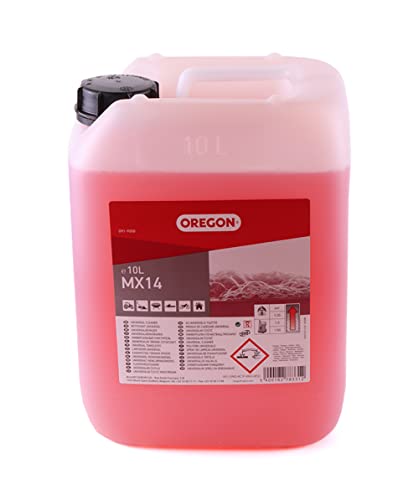



For most household tasks, a unit rated at 1300 to 1900 PSI (pounds per square inch) is sufficient. These machines efficiently tackle dirt on patios, driveways, and vehicles without damaging surfaces. A more robust variant, with a power rating ranging from 2000 to 3000 PSI, is ideal for heavy-duty applications, including stripping paint or deep cleaning brick and concrete.
When assessing the suitable performance for commercial needs, options exceeding 3000 PSI can provide the necessary force for industrial-grade jobs. However, such strength often comes with increased risk of harm to delicate surfaces, requiring careful handling and potential expertise. It’s wise to match the performance level to the nature of the tasks at hand to ensure both efficiency and safety.
Moreover, focusing on GPM (gallons per minute) can enhance cleaning efficiency. A higher GPM means better rinsing capability, which aids in removing grime. For optimal results, a combination of high PSI and suitable GPM will significantly reduce cleaning time, making your investment worthwhile.
Recommended Power for Cleaning Equipment
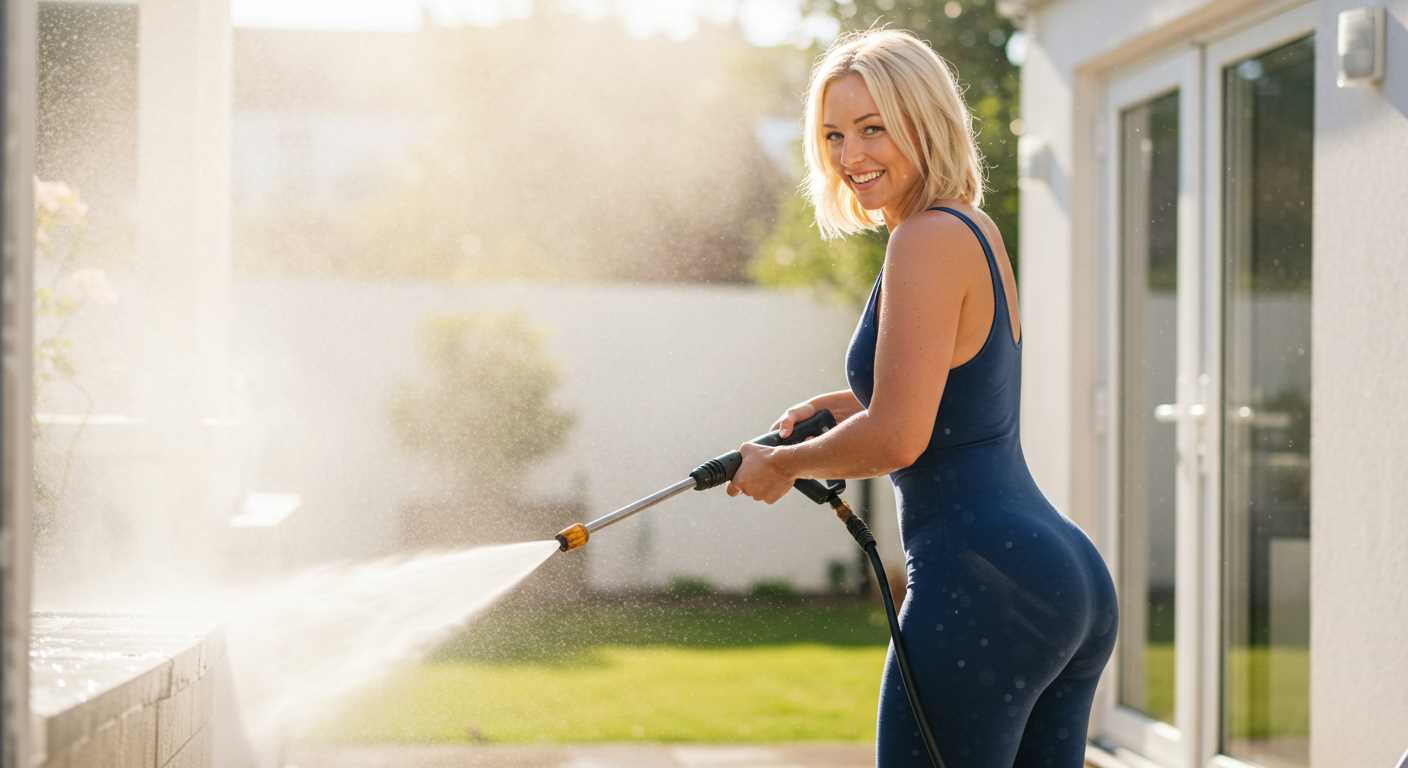
A unit with a minimum of 1500 PSI (pounds per square inch) is suitable for light domestic tasks such as cleaning vehicles, outdoor furniture, and small patios. If you’re tackling more challenging jobs, such as removing dirt from brickwork or cleaning decks, look for units offering 2000 to 3000 PSI. For commercial applications or heavy-duty tasks like paint stripping or deep cleaning large surfaces, consider models that provide upwards of 3000 PSI.
Water Flow Requirements
Consider the GPM (gallons per minute) rating alongside PSI. A higher GPM contributes to a more efficient cleaning process, as it determines how much water is emitted during use. For most home projects, aim for 1.5 to 2.5 GPM. For tougher jobs, a unit yielding 2.5 GPM or more can significantly reduce time spent on cleaning.
Special Features to Look For
Opt for models equipped with adjustable nozzles, as they allow versatility in cleaning different surfaces. A 0-degree nozzle is ideal for concentrated force on hard surfaces, while a 40-degree nozzle is better suited for delicate materials. Additionally, units with a detergent tank can make cleaning more effective by mixing soap with water flow.
Understanding PSI and GPM Ratings
For optimal performance, focus on both PSI (Pounds per Square Inch) and GPM (Gallons per Minute) ratings. A minimum of 2000 PSI is recommended for residential tasks, such as cleaning driveways and deck surfaces. For more delicate applications, like washing cars, consider 1300 to 1900 PSI, which prevents damage to the paint work.
GPM measures the flow rate of water. A higher GPM means quicker cleaning as more water is expelled. A washer with 2.5 GPM or greater can efficiently handle larger areas, while units around 1.5 GPM are suitable for smaller jobs.
Balancing these two metrics is crucial. A washer with high PSI but low GPM may not clean as effectively as one with moderate ratings of both. For instance, a unit delivering 2000 PSI at 2.5 GPM effectively combines power and efficiency, making it ideal for various cleaning needs.
Always assess the specific tasks you intend to perform, as each has its own requirement combinations. Understanding these ratings will direct your choice towards achieving the best cleaning outcomes.
Choosing the Right Pressure for Different Surfaces
For optimal results, it’s crucial to match the machine’s capabilities with the surface being cleaned. Here’s a concise guide to selecting the appropriate force based on material type:
Concrete and Brick
For driveways and patios made of hard surfaces, I recommend a unit operating between 2500 to 3000 PSI. This power effectively removes grime, oil, and stains, ensuring a thorough clean without damage.
Wood Decks and Fencing
Wood requires careful handling; I suggest keeping the pressure in the range of 1200 to 1800 PSI. Higher settings might strip paint or gouge the wood. Always opt for a fan spray nozzle to achieve even cleaning.
Vehicles
Cleaning cars or other vehicles demands gentler methods. A setting between 1200 to 1900 PSI suffices to eliminate dirt and debris without harming the finish. Use a wide-angle nozzle for best results.
Vinyl Siding
For homes with vinyl siding, a pressure of roughly 1500 to 2000 PSI is ideal. This helps eliminate mildew and dirt without risking damage to the siding. An adjustable nozzle allows adjustment for varying dirt levels.
Soft Surfaces
.jpg)
When cleaning soft surfaces like painted furniture or delicate fabrics, maintain a safe distance and use pressure below 1200 PSI. A garden sprayer might be a better choice to avoid unintentional damage.
In summary, assessing the surface’s material and adjusting the cleaning force accordingly is critical for maintaining the integrity of your belongings while achieving effective cleaning.
What Tasks Require Higher PSI Levels?
A pressure level between 2000 and 3000 PSI is recommended for tackling tough jobs such as stripping paint from surfaces, cleaning heavy machinery, or removing oil stains from concrete. Such intensity is required to penetrate stubborn grime and coatings.
For large vehicles like trucks or vans, a range of 1500 to 2500 PSI typically suffices for effective cleaning. However, for specific applications, like removing mud build-up from off-road vehicles, leaning toward the higher end of the spectrum ensures a thorough clean.
In terms of outdoor furniture and grills, settings of around 2000 to 2800 PSI work best to eliminate grease and food residue while being gentle enough to avoid damage.
When it comes to surfaces like brick or concrete driveways, opting for a unit with a minimum of 3000 PSI yields the best results, as these materials require a more forceful approach to dislodge embedded dirt and stains.
Specialised tasks such as cleaning patios or decks made from wood may require around 1200 to 2000 PSI. While these surfaces need care to prevent damage, higher pressure can help eliminate mould and mildew that accumulate over time.
In residential settings, routine cleaning of roofs and gutters can generally be managed at about 3000 PSI, ensuring debris is effectively removed without compromising the integrity of the roofing material.
For all outdoor maintenance, it’s crucial to adjust the nozzle type and angle appropriately to match the task and surface being cleaned, optimising performance while maintaining safety and avoiding potential damage. Proper PPE, including goggles and gloves, should also be worn during operations to ensure personal safety.
Selecting the Right Cleaning Equipment for Home Use
For home applications, it’s vital to balance power with versatility. A unit with a range of 1400 to 2500 PSI paired with 1.3 to 2.5 GPM typically covers most tasks such as patio cleaning, vehicle washing, and siding maintenance. For those concentrating on light-duty work, models around 1400-1600 PSI are sufficient. However, for tougher grime and stains, particularly on concrete or brick surfaces, opting for something upwards of 2000 PSI ensures effective results without excessive effort.
Evaluate Your Cleaning Needs
Consider the specific tasks at hand. If you frequently clean vehicles or delicate surfaces, choose a model with adjustable pressure settings. For more demanding jobs, such as stripping paint or cleaning heavy equipment, higher settings become necessary. It’s advisable to select equipment that allows for attachments or varying nozzles to adapt to different cleaning situations.
Portability and Ease of Use
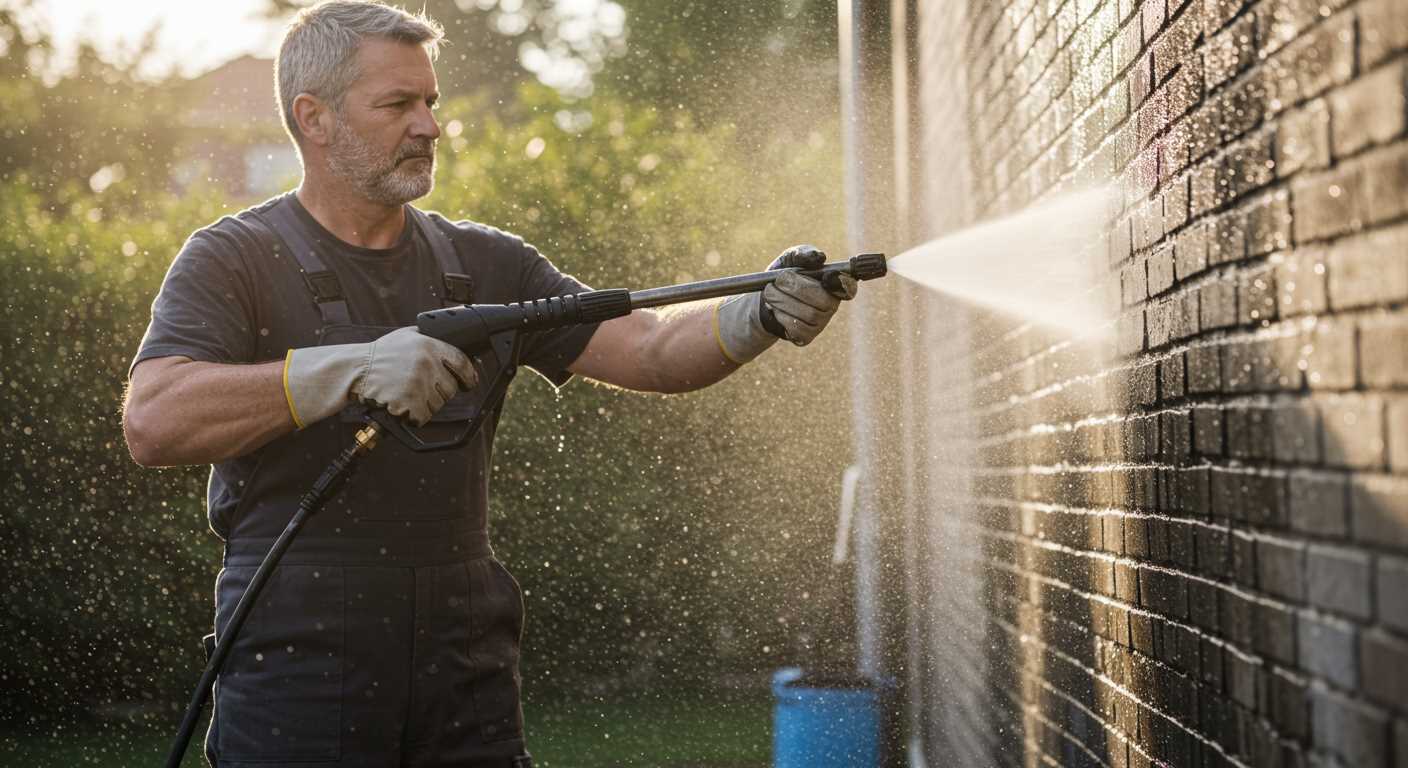
Weight and design play crucial roles in usability. A unit that is lightweight and features wheels or a compact design simplifies transport and storage. Look for a model with a long power cord and hose to extend your reach without needing to frequently move the machine. Easy assembly and intuitive controls enhance the overall experience, making any cleaning task less of a chore.
Assessing the Importance of Nozzle Types
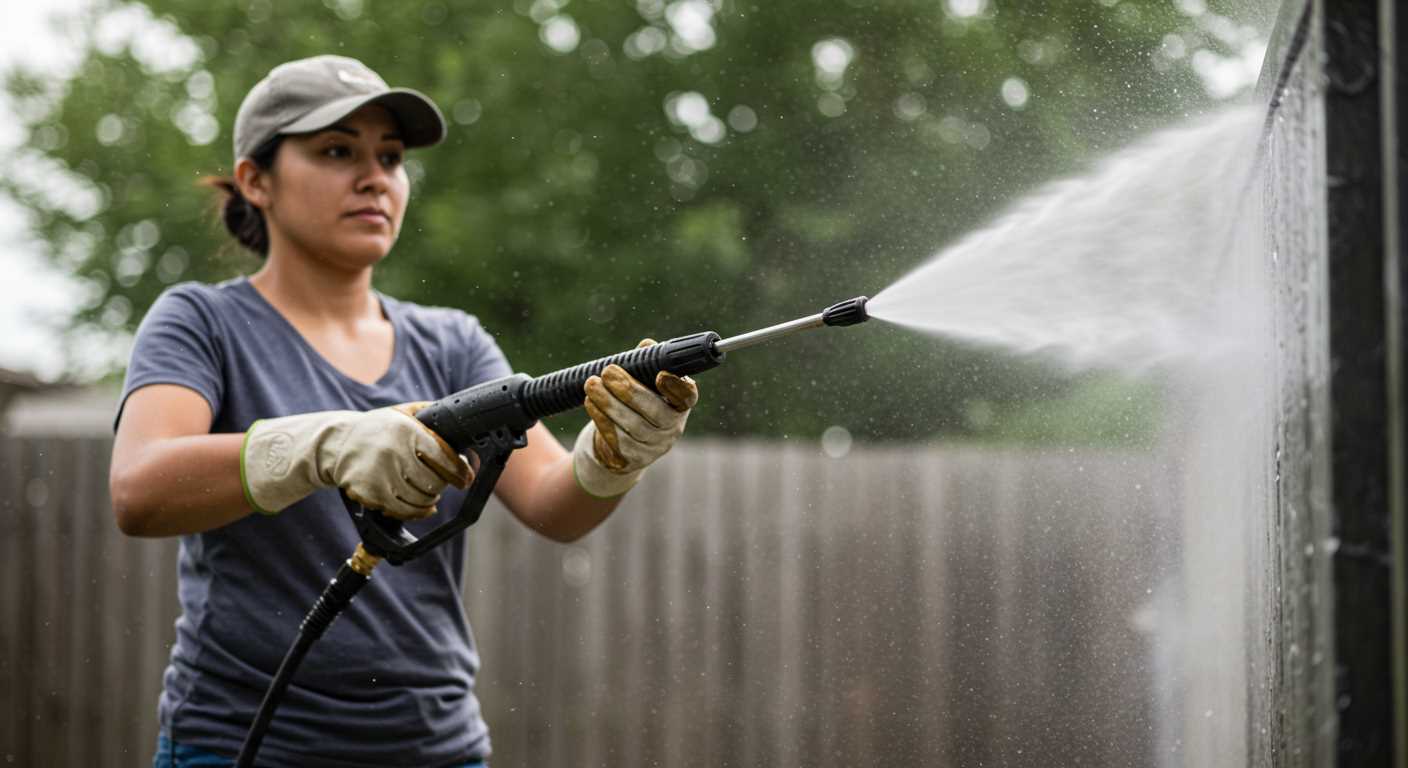
Choosing the correct nozzle is paramount for effective cleaning. Different tasks demand specific nozzle types to optimise performance and avoid damage to surfaces.
Types of Nozzles and Their Functions
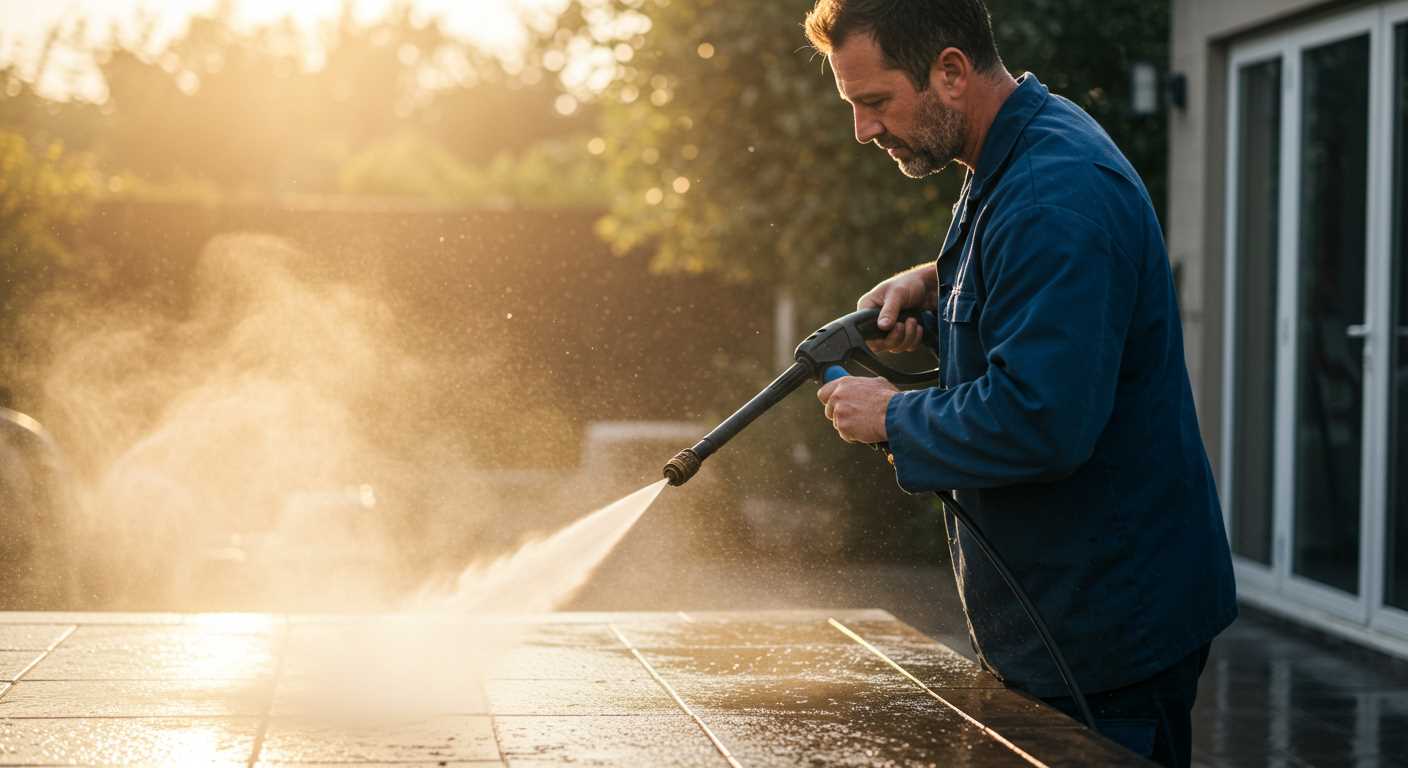
- 0-degree Nozzle: This nozzle generates a concentrated jet of water, providing maximum cleaning power. Ideal for heavy-duty tasks like removing paint or cleaning deeply embedded dirt.
- 15-degree Nozzle: Offers a broader spray while maintaining good pressure. Suitable for tough surfaces such as masonry, but caution is advised to prevent etching.
- 25-degree Nozzle: A versatile choice for general cleaning tasks, including decks and patios. Balances pressure and area coverage effectively.
- 40-degree Nozzle: Perfect for delicate surfaces such as vehicles or windows. Provides a gentle spray, reducing the risk of damage.
- Soap Nozzle: Specifically designed for applying detergent during the cleaning process. It creates a low-pressure burst, allowing the cleaning solution to penetrate effectively.
Recommendations for Optimal Usage
- For automotive cleaning, use a 40-degree nozzle to prevent scratches on paint.
- When tackling outdoor furniture, a 25-degree nozzle provides adequate power without risk of injury.
- For stubborn stains on concrete, the 15-degree nozzle will yield the best results.
- Always test the nozzle on a small, inconspicuous area before full application to gauge compatibility with the surface.
Selecting the right nozzle is critical for achieving the desired outcomes while minimising the chance of damage. Always consult the manufacturer’s recommendations and adjust based on the task at hand. This attention to detail will enhance cleaning efficiency and prolong the life of both the equipment and the surfaces being cleaned.
Impact of Distance on Cleaning Efficiency
For optimal results, I recommend maintaining a distance of 18 to 24 inches between the nozzle and the surface being cleaned. This range allows for sufficient pressure to dislodge dirt while avoiding damage to the material.
As distance increases, pressure diminishes due to the dispersion of the water stream. Here are key factors to consider:
- Efficiency Declines: Each inch away from the target area reduces the impact force. A broad spray pattern is less effective at cleaning stubborn stains found on surfaces like concrete or wood.
- Technique Matters: Angle the nozzle to enhance cleaning power. A tilted approach can help redirect water flow to penetrate grime more effectively, even from a distance.
- Adjustable Nozzles: Utilising nozzles with variable spray settings allows for tailored cleaning. For tougher areas, using a narrow jet spray from closer range will yield better results.
- Surface Type: Different materials react variably. For example, porous surfaces such as brick might require a closer range for effective cleaning, while smoother surfaces can endure slightly more distance.
Understanding the relationship between distance and cleaning strength is fundamental. Never underestimate how even a slight miscalculation in distance can affect your cleaning efficiency and results.
Proper technique combined with awareness of distance can lead to significant improvements in your cleaning tasks, maximising the effectiveness of the equipment at your disposal.
Budget Considerations for Cleaning Equipment
Investing in a cleaning device requires a balance between performance and cost. Establish a budget that reflects both your cleaning needs and desired features. For occasional users, a range of £100 to £300 typically provides reliable machines with sufficient power for standard tasks.
If your goals include heavier usage or more intensive projects, consider models priced between £300 and £600. This price bracket often delivers enhanced power, better build quality, and advanced features that improve efficiency and longevity.
For those professionally engaged in cleaning services, devices above £600 might be necessary, offering commercial-grade capabilities suitable for frequent or challenging environments. Within this range, expect durable components and higher ratings in PSI and GPM, equating to significant time savings.
Beyond initial costs, factor in long-term expenses such as maintenance, replacement parts, and cleaning agents. Some models also provide warranty options, which can mitigate future costs incurred by repairs or replacements. Assessing the total ownership cost helps in making an informed choice.
Moreover, consider additional attachments and accessories, which can expand functionality but will affect the overall budget. Prioritise what you truly need versus optional features when calculating your expenditure.
Lastly, keep an eye out for seasonal sales or promotions. Timing your purchase can lead to significant savings, allowing you to get a better model within your financial plan.
Maintenance Tips for Optimal Performance
Firstly, regular inspection is vital. Check hoses for signs of wear, cracks, or leaks. Any damage can lead to pressure drops and inefficient cleaning. Replace damaged parts immediately.
Next, keep the filter clean. A clogged filter hinders water flow and affects performance. Clean or replace the filter regularly according to the manufacturer’s guidelines.
Use detergent specifically designed for your equipment. Generic soap can damage internal components. Always dilute according to instructions; using concentrated solutions can lead to build-up in the system.
Winterise your unit if you live in colder areas. Water left in the pump can freeze and cause serious damage. Use a pump saver solution designed to protect against freezing conditions.
Regularly lubricate moving parts as per the user manual. This helps maintain efficiency and extends the life of your device. Pay special attention to the trigger gun and wand.
Lastly, consider storage conditions. Keep the unit in a dry, sheltered location. Avoid direct sunlight and extreme temperatures, as these can degrade materials over time.
| Maintenance Task | Frequency |
|---|---|
| Inspect hoses | Monthly |
| Clean/replacement of filter | Every 3 months |
| Lubricate moving parts | Every 6 months |
| Winterise (if applicable) | Annually |
| Store in a dry location | Ongoing |
FAQ:
What pressure washer strength do I need for cleaning my driveway?
The strength of the pressure washer required for cleaning a driveway is generally measured in PSI (pounds per square inch). For concrete or asphalt surfaces, a pressure washer with a PSI rating of 3000 or more is often recommended. This strength is effective at removing dirt, grime, and stains that accumulate over time. Additionally, the water flow rate, expressed in GPM (gallons per minute), should also be considered; a minimum of 2.5 GPM will help ensure thorough cleaning. If your driveway has significant oil stains or other stubborn marks, it may be beneficial to use a pressure washer with adjustable pressure settings or consider using a proprietary cleaning solution alongside the machine.
How does the PSI affect the cleaning ability of a pressure washer?
PSI plays a crucial role in determining the force with which water is expelled from the pressure washer. A higher PSI indicates a more powerful jet of water, which can effectively tackle tougher stains and dirt. For example, a pressure washer with 1500 PSI is suitable for lighter jobs such as washing cars or cleaning garden furniture, while models with 2500 PSI and above are better for heavier tasks, including cleaning decks and concrete surfaces. However, it’s important to match the PSI to the cleaning task; excessive pressure can damage delicate surfaces or finishes, so always check the manufacturer’s recommendations for specific materials.
Is a pressure washer with 2000 PSI sufficient for home use?
Yes, a pressure washer with 2000 PSI is generally sufficient for regular home cleaning tasks. It can effectively clean patios, decks, fences, and garden furniture. This rating strikes a good balance between power and manageability, allowing users to handle a variety of cleaning tasks without risking damage to more delicate surfaces, like painted wood or glass. For light jobs like washing vehicles or cleaning outdoor cushions, this strength is quite suitable. If you encounter more challenging tasks, you might consider upgrading to a model with a higher PSI for occasional use.
Can I use a low PSI pressure washer for tougher cleaning jobs?
While a low PSI pressure washer, typically under 1500 PSI, might not be the best option for tougher cleaning jobs, it can still be useful with the right techniques and additional cleaning solutions. For example, applying a soap solution and allowing it to dwell for some time can break down dirt and grime, making it easier to rinse away with a gentler pressure. For jobs like cleaning vehicles or light outdoor furniture, a low PSI washer can work adequately. However, for surfaces requiring more force, such as concrete driveways or oil-stained areas, it’s advisable to use a higher PSI model for optimal results.
What features should I look for in a pressure washer for home cleaning tasks?
When selecting a pressure washer for home cleaning tasks, consider several features. Firstly, focus on the PSI and GPM ratings; as mentioned, a balance of around 2000-3000 PSI with 2.0-2.5 GPM is typically effective for most home tasks. Additionally, look for adjustable pressure settings, as this allows for flexibility between light and heavy-duty cleaning. The type of motor—electric or gas—will influence mobility and power; electric models are quieter and suitable for smaller jobs, while gas models offer more power for larger areas. Accessories like different nozzles, a detergent tank, and a hose reel can also enhance usability. Lastly, consider the weight and portability of the machine, especially if you need to move it around your property.





